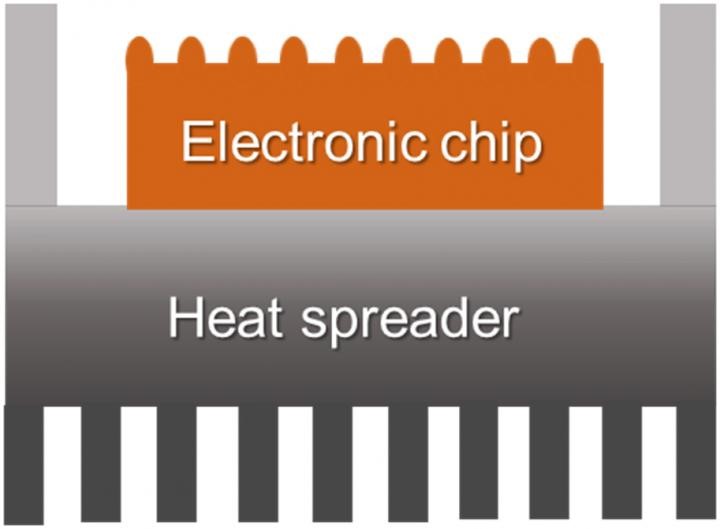The engineers of UCL have perfectly demonstrated a profitable and successful integration of a novel semiconductor material that is used into high-power computers chips and helps reduce the heat of the processors and ultimately improves their performance. Since there is a lot of calculations happening inside a computer’s processor, it emits a lot of heat. The chip industries are working on it and struggling to provide a relevant solution for the same. The high amount of research has greatly increased the energy efficiency of computers and allows heat dissipation beyond the best thermal management devices which are currently available.
Computer processors have been scaled down to the nanoscale over the years, with billions of transistors sitting on a single computer chip. The higher number of transistors helps make computers faster and more powerful, but it also creates more hotspots in a highly dense space, and without an efficient way to dissipate heat during operations, the computer processors slow down, resulting in unreliable and inefficient computing power. In addition, the highly concentrated heat and temperatures in computer chips require extra energy, such as a cooling fan, to prevent the processors from overheating. To solve the problem, Hu and his team pioneered the development of new material with ultra-high thermal management in 2018. The researchers developed defect-free boron arsenide in their laboratory and found that it was much more effective at extracting and dissipating heat than other known metals or semiconductor materials such as diamond and silicon carbide. Now, for the first time, the team has successfully demonstrated the effectiveness of the material by integrating it into high-performance equipment.


